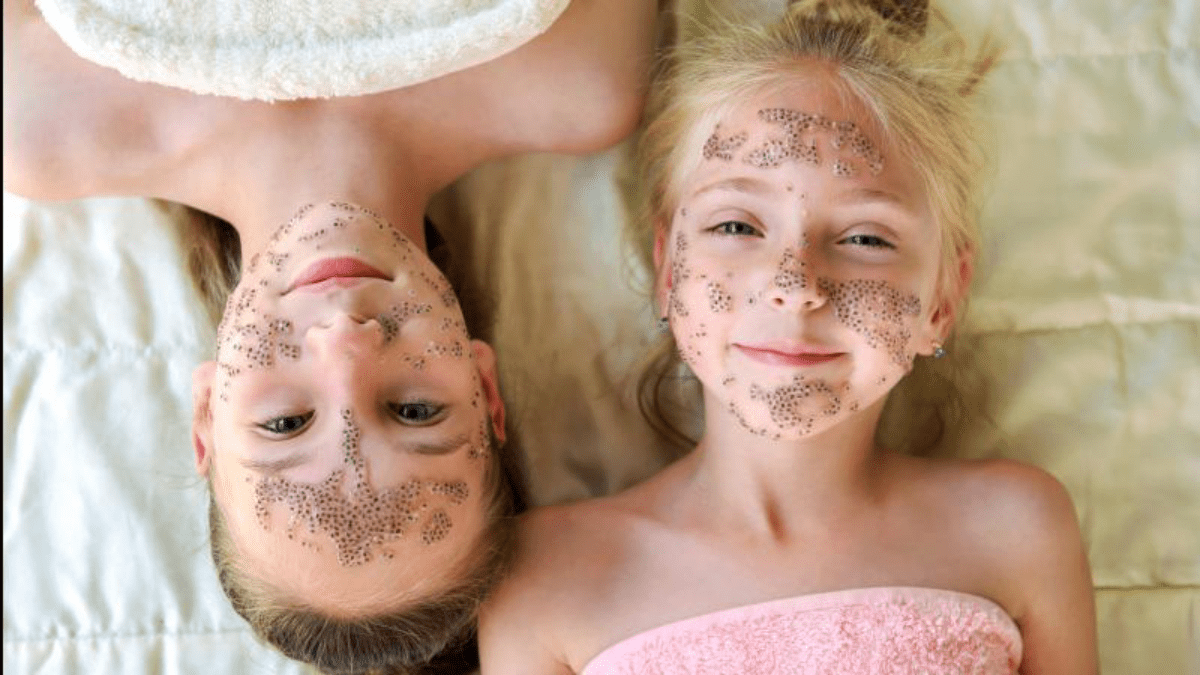In the realm of skincare and beauty, the quest for youthful, glowing skin often leads individuals to explore innovative treatments and natural remedies. Chia seed botox, touted as a non-invasive alternative to traditional botox injections, has gained popularity for its purported ability to reduce wrinkles and improve skin texture. However, before incorporating chia seed botox into your skincare routine, it’s crucial to understand the potential side effects and allergic reactions associated with this treatment.
Unlike traditional botox injections, which involve the injection of botulinum toxin into specific facial muscles to temporarily paralyze them, chia seed botox offers a natural, non-invasive approach to skincare.
Potential Side Effects:
While chia seed botox is often promoted as a safe and gentle alternative to traditional botox injections, it’s essential to be aware of potential side effects that may arise from its use. Like any skincare product or treatment, chia seed botox can have varying effects on different individuals, and some may experience adverse reactions.
Common side effects associated with chia seed botox may include:
- Skin Irritation: Some individuals may experience skin irritation, redness, or itching after applying chia seed botox. This reaction could be indicative of an allergic response or sensitivity to the ingredients in the chia seed gel.
- Breakouts: For individuals prone to acne or clogged pores, chia seed botox may exacerbate these issues, leading to breakouts or blemishes on the skin.
- Dryness or Tightness: While chia seeds are known for their hydrating properties, improper application or overuse of chia seed botox may result in dryness or tightness of the skin.
- Allergic Reactions: In rare cases, individuals may experience allergic reactions to chia seeds or other ingredients used in the preparation of chia seed botox. Symptoms of an allergic reaction may include swelling, hives, or difficulty breathing and require immediate medical attention.
Precautions and Considerations:
Before trying chia seed botox, it’s essential to take certain precautions and considerations to minimize the risk of adverse reactions:
- Patch Test: Conduct a patch test by applying a small amount of chia seed gel to a small area of skin and monitoring for any adverse reactions over the next 24 to 48 hours.
- Consultation with a Dermatologist: If you have a history of skin allergies, sensitivities, or dermatological conditions, consult with a dermatologist before using chia seed botox to ensure it’s safe for your skin type.
- Follow Instructions Carefully: Adhere to the recommended application instructions and dosage guidelines provided by reputable sources when preparing and applying chia seed botox.
- Discontinue Use if Necessary: If you experience any adverse reactions or discomfort after using chia seed botox, discontinue its use immediately and seek medical advice if symptoms persist or worsen.
While chia seed botox offers a natural and potentially effective solution for addressing wrinkles and improving skin health, it’s essential to be aware of potential side effects and allergic reactions before incorporating this treatment into your skincare routine. By taking appropriate precautions, conducting patch tests, and consulting with skincare professionals when necessary, you can minimize the risk of adverse reactions and make informed decisions about the use of chia seed botox for your skin.

